Hong Kong is an exciting and beautifully located metropolis to visit. It has been fascinating millions of travelers over the years with its many interesting sights, monuments, nature and a lot of interesting activities to enjoy when in the South China city.
Hong Kong is at the same time Chinese as inspired by the approximately 150-year-old British period that ended in 1997. Small buildings in historic colonial architecture stand between modern skyscrapers, and they are a vivid evidence of that part of the city’s history. The sights of British times are especially seen on Hong Kong Island and in southern Kowloon.
In Hong Kong there is a huge range of activities, modern business districts and also beautiful scenery. The city is packed with shopping opportunities as well, and you can also look forward to enjoying the Cantonese cuisine and the ancient Chinese culture.
The city of Hong Kong consists mainly of the north coast of the island of Hong Kong and the district of Kowloon, which collectively offers metropolitan atmosphere, markets, parks, museums and everything else that goes with it. You can board the legendary Star Ferries between the mainland and Hong Kong Island, and that is a nice experience in itself.

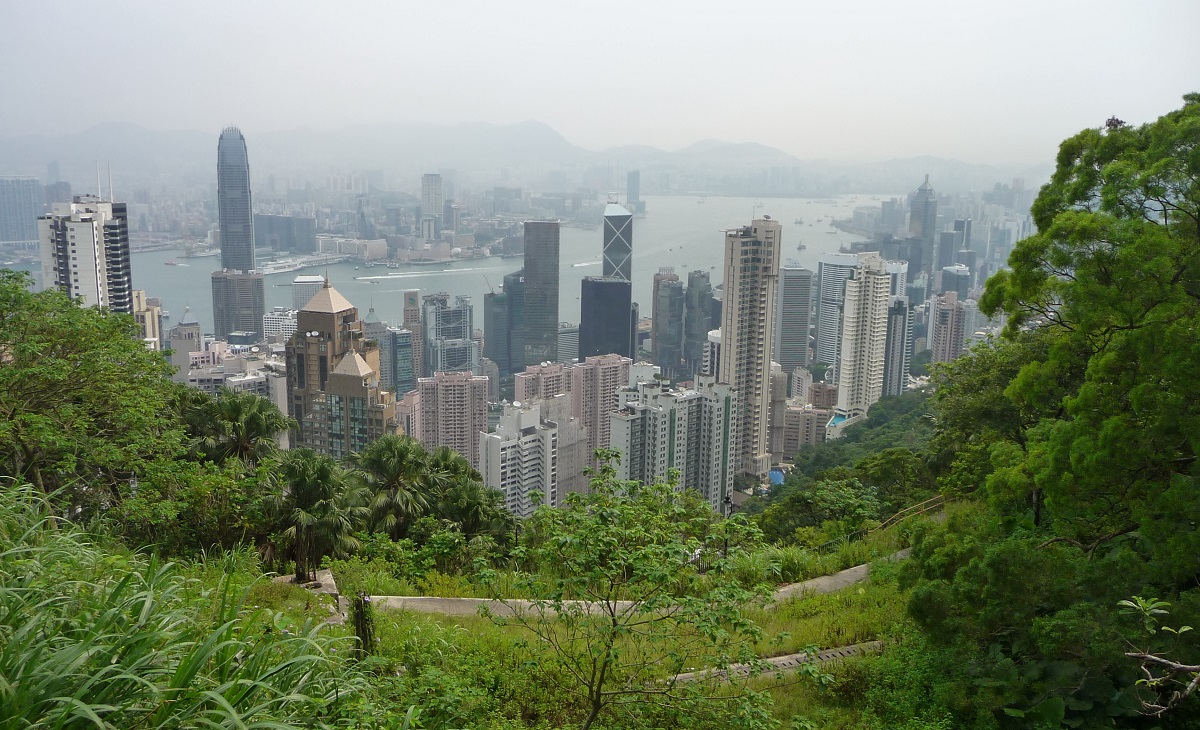


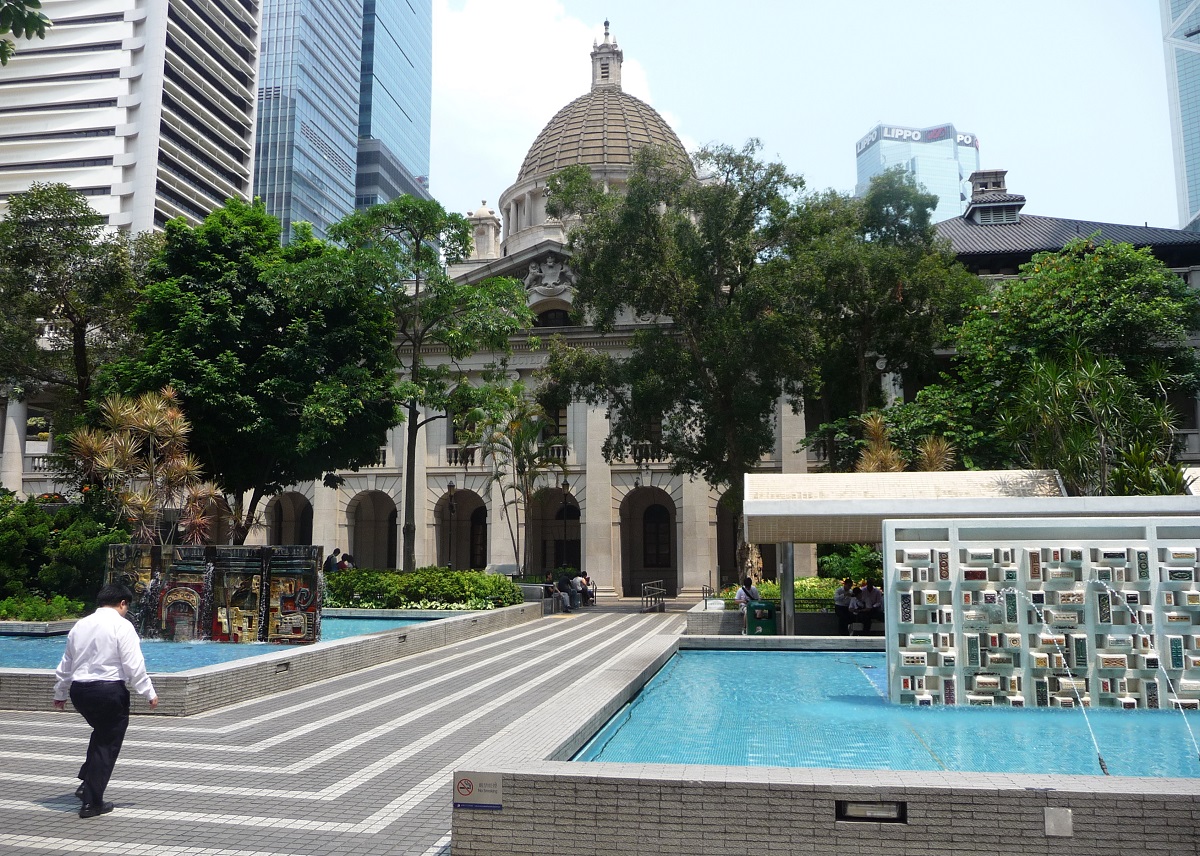
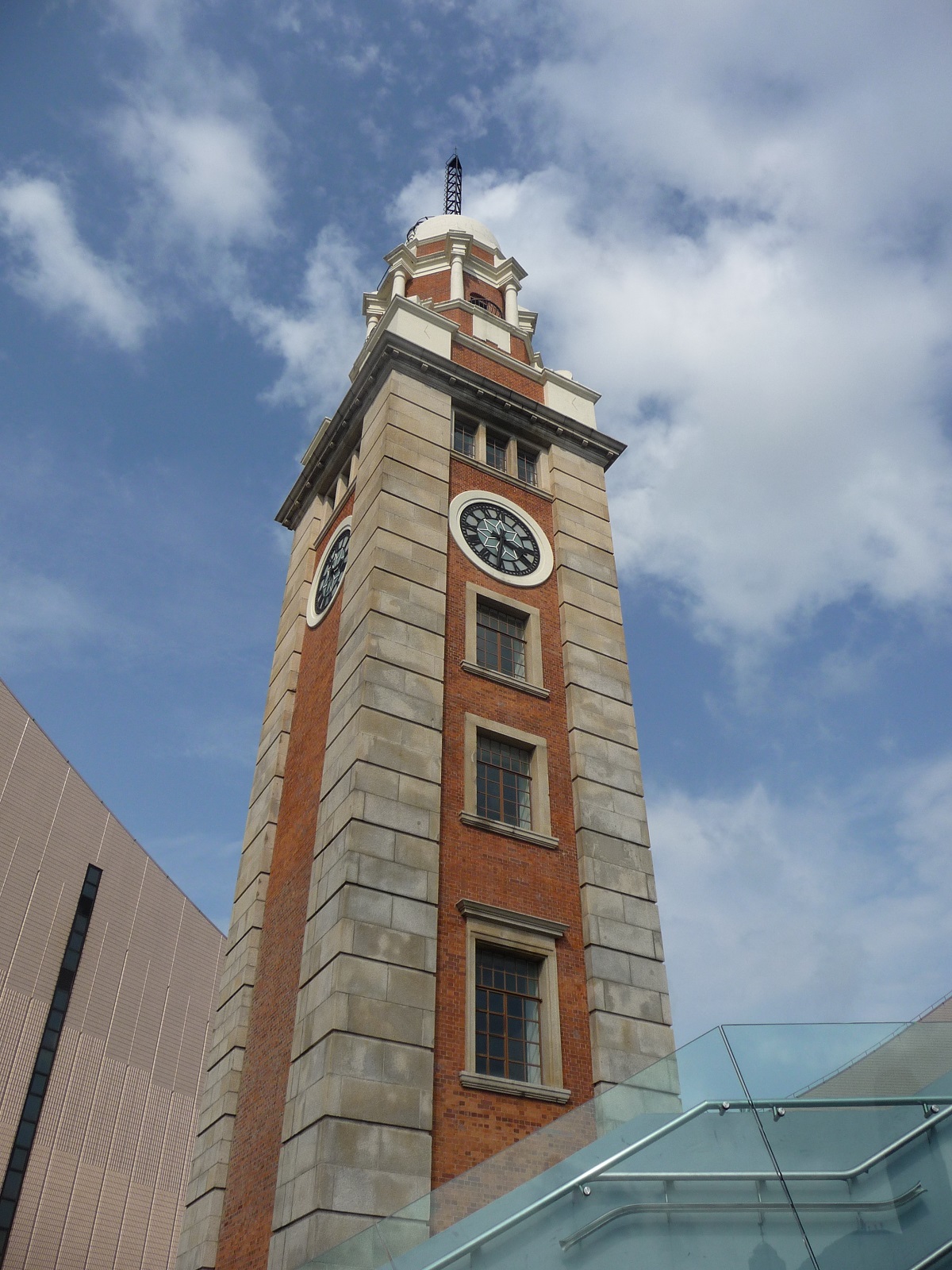
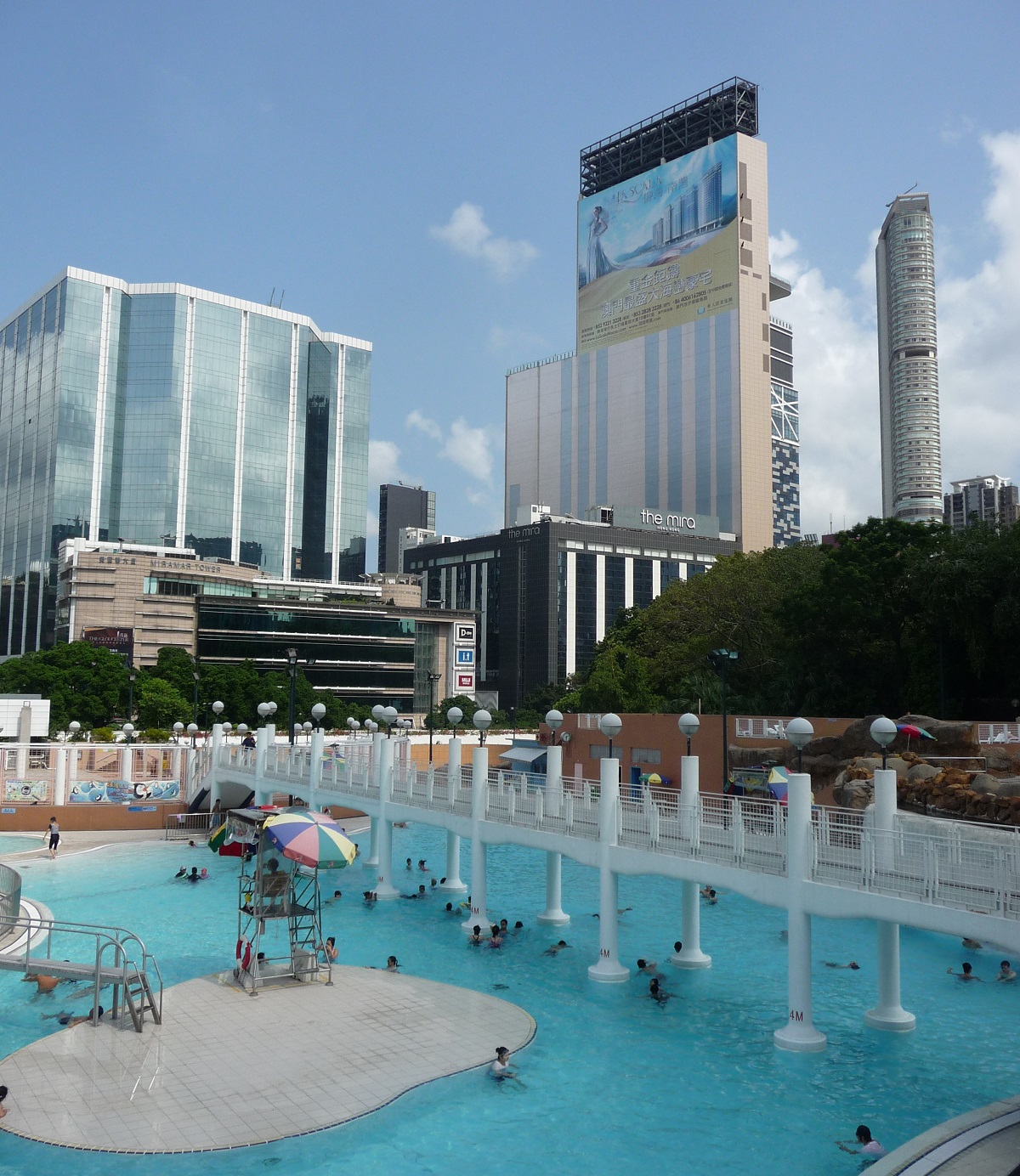

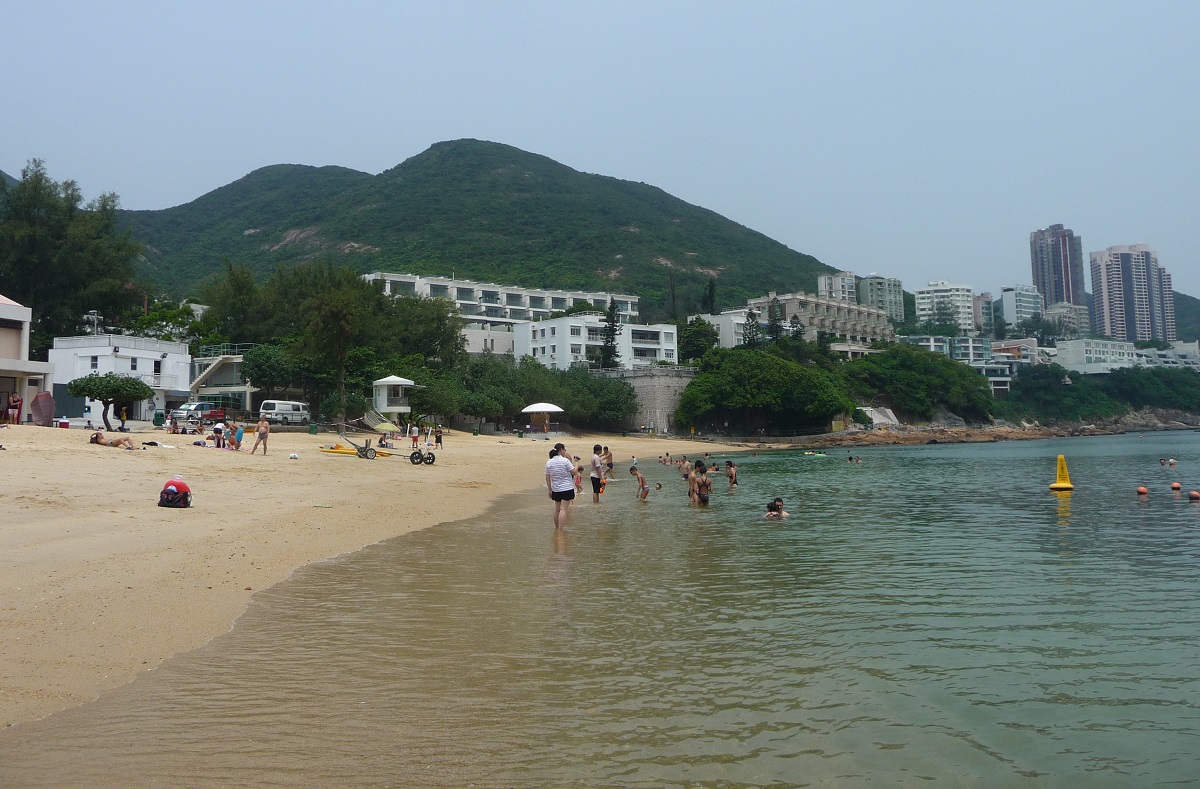
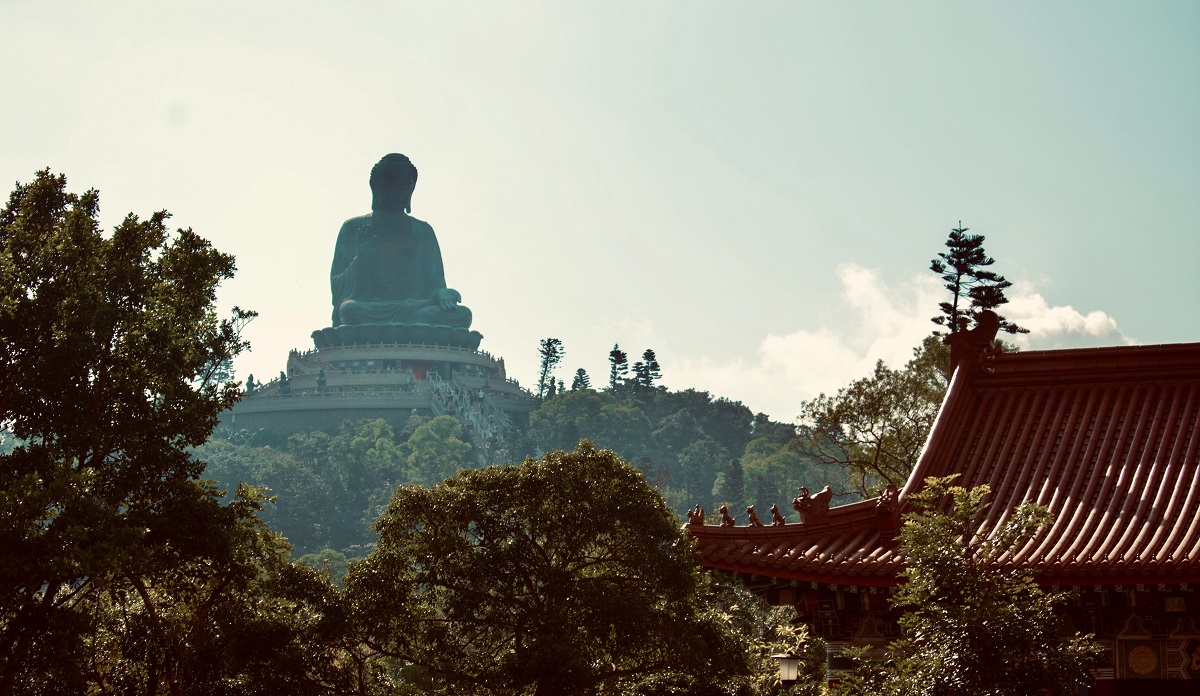
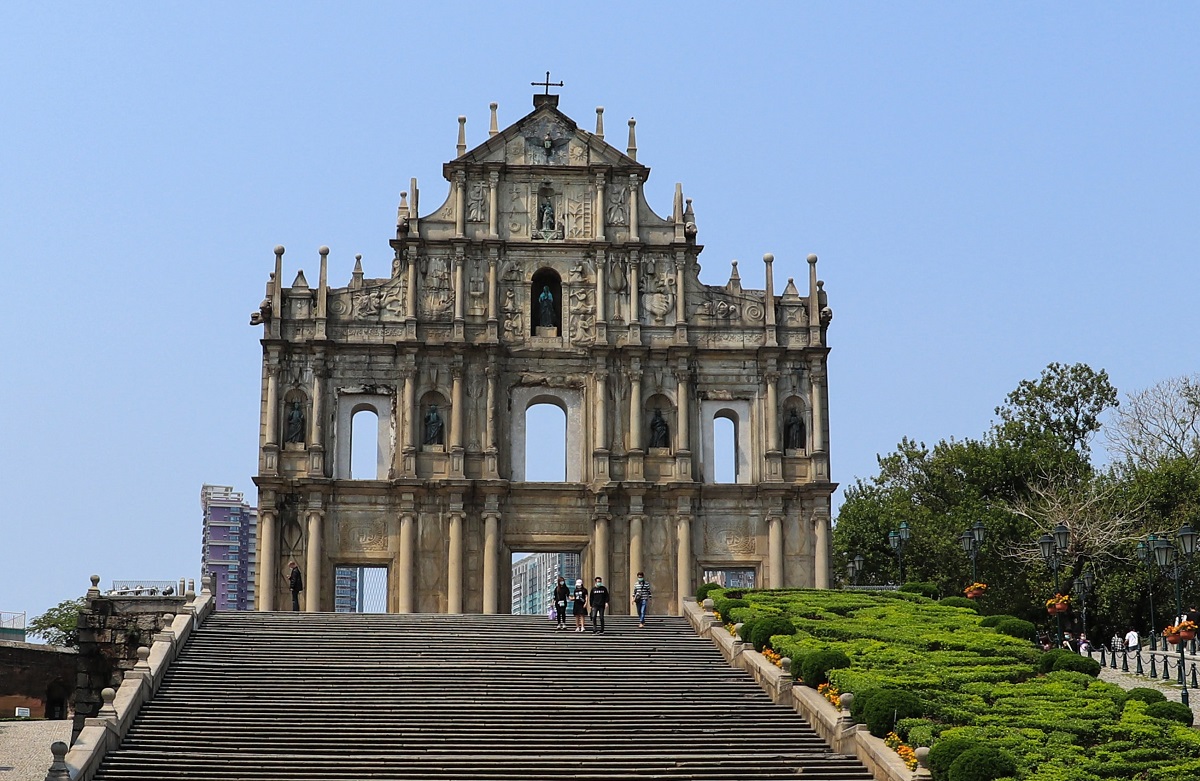
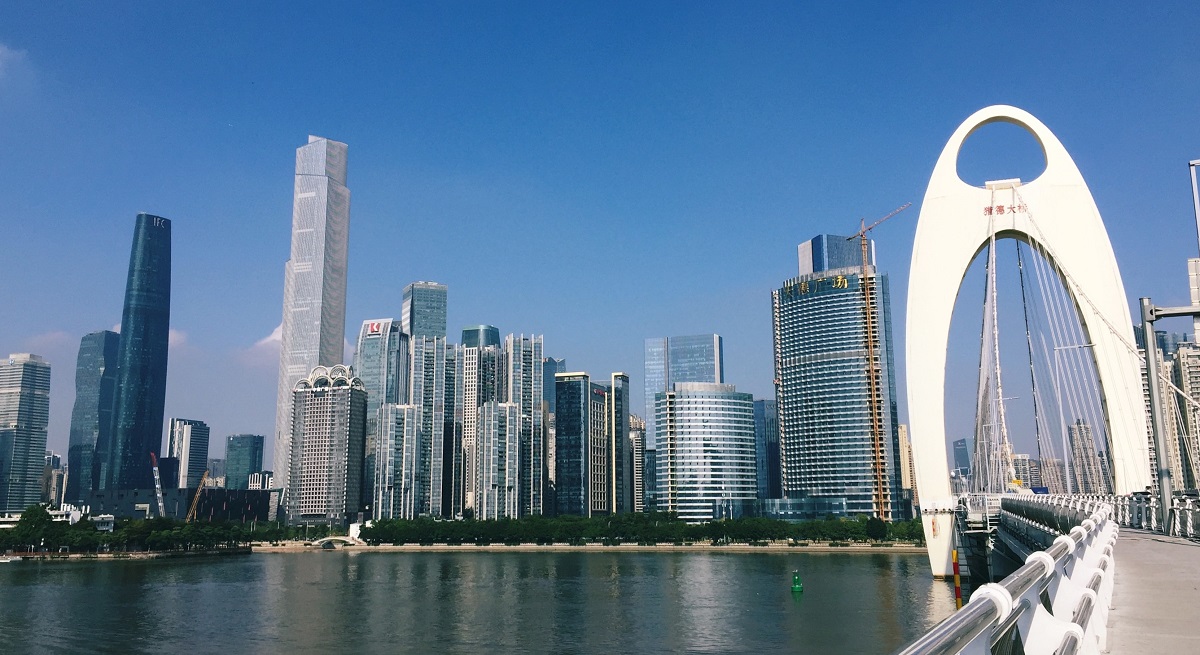
The Early Settlements
Already in prehistoric times, there were dwellings in the Hong Kong area, where human activity in the early Stone Age has led to many archaeological finds today.
Here, among other things, a number of carved stone decorations and stone tools have been found, but the activity nevertheless took several millennia before a major development of the site began.
Imperial China
Hong Kong became part of China in the latter part of the 300s BC It happened during the Qin Dynasty. There are not many traces of this den, but indications point to a possible salt production and to pearl fishing at an early stage.
Production increased and during the Tang Dynasty, the South China Guangdong area was rapidly developing with a fine economy. New Territories in present-day Hong Kong was the central port, where trade in pearls and salt, among other things, brought bustle. The place was also a naval port, which increased the importance of the place.
Trade, for example, came from the Silk Road, which led from Europe to China, and along that road there was fierce trade for many centuries; it was a time when China in general developed strongly economically.
The Mongols arrive
In 1276, an invasion of the Mongols from the north occurred. Led by the Mongol army commanders, the conquerors drove many refugees to the south, and this resulted in large population growth to the south in, for example, the Hong Kong area.
During the inauguration of the Mongols, the Song Dynasty court moved several times and both the island of Lantau Island and the present Kowloon were the seat of the Southern Song Dynasty. The last Song Emperor thus received the Emperor title at the age of eight on Lantau Island on May 10, 1278.
Hong Kong was founded
The population growth of the 13th century and the increasing trade in local goods, fish, pearls and salt, provided the basis for an actual city. Thus, in the year 1300, Hong Kong was officially founded as a Chinese city.
The first European to visit Hong Kong was the Portuguese, Jorge Álvares, who traded with the Chinese. It brought him here in 1513, and the Portuguese regularly visited the area for commercial reasons in the following period.
Opium Wars and England
In 1840, Hong Kong became one of the centers of the emerging opium war between China and England. England had difficulty selling goods to the Chinese, who were primarily interested in silver from Europe, while in lively trade the opposite way.
To counteract the imbalance, the English sold opium first from England and later from the colonies of India, and over time the use of opium became a major problem in China.
The Chinese administration in Beijing demanded an import stop of opium, and at the same time, the established warehouses were destroyed.
The reaction did not come from the English side, which overcame the Chinese militarily and forced an opening of markets. One result was also the proclamation of Hong Kong as a British crown colony. It was performed by Charles Elliott on January 20, 1841.
Land was sold in Hong Kong, where a large growth in new settlements occurred. Henry Pottinger took over the leadership of Charles Elliott, and under Pottinger the British possessions were extended to other cities on the Chinese coast; eg Shanghai. On the way to a supposed conquest of Nanking, a peace was concluded here that ended the opium war.
Not only did the peace in Nanking on August 29, 1842 put an end to the war, it also included a Chinese surrender of Hong Kong Island to England, and on June 16, 1843, Henry Pottinger was named the first British Governor of Hong Kong. The same year, China gained trade rights to Hong Kong.
New opium war and new land gains
In 1858, the Second Opium War broke out, and after various screenings it ended again with Chinese defeat. It reached a settlement on October 18, 1860, which gave England the southern part of the mainland; the present Kowloon south of Boundary Street.
The last decades of the 19th century became a major growth period for the city. Several educational establishments were established, a tram network, Victoria Peak Tram was established, the rail link to Canton was opened, and in 1891 the Hong Kong dollar was introduced. It was during this time that Hong Kong’s subsequent success on the world economic map was seriously founded.
In 1898, the last expansion of Hong Kong’s territory came with England’s 99-year lease of the so-called New Territories / New Territories, consisting of the mainland north of Kowloon as well as 236 islands. The new land allowed the British to develop the city into the modern metropolis of Hong Kong today.
Prior to the lease, the English lacked land for urban expansions, but also for, for example, supplies of agricultural products and water reservoirs. All that made possible the New Territories.
The beginning of the 20th Century
From the beginning of the 20th century, Hong Kong took many leaps in growth and economy. With electricity, buses, ferries and trams, the city was effectively linked together, and companies had a breeding ground for enormous development.
The Western mindset, which came with the presence of the English and introduced systems, also played a significant role in Hong Kong, evolving independently of the declining Chinese Qing Dynasty in Beijing.
In terms of population it also went strong in Hong Kong, which despite the British status, had a large majority of Chinese. For example, the population rose from 530,000 in 1916 to 725,000 just nine years later, and immediately before World War II, 1.6 million people lived here.
Three years and eight months
On December 8, 1941, Hong Kong was attacked by Japanese troops, and fierce fighting began. The Japanese quickly won the airspace and as the days went on land as well.
Kowloon fell and the Japanese established headquarters at Hotel Peninsula, which overlooks Hong Kong Island, where fighting continued.
On December 25, 1941, it was subsequently called Black Christmas, with the British surrendering to this day with Governor Mark Aitchison Young at the head. Isogai Rensuke then became the first Japanese governor of Hong Kong.
In the Japanese era, which lasted three years and eight months, many fled to Macau, others moved to China, and food shortages and hyperinflation characterized Hong Kong, which had to use the Japanese army’s yen instead of the Hong Kong dollar.
On August 15, 1945, the Japanese were finally defeated by troops from both Britain and China, and again a British governor was deployed. At this time, it had only about 600,000 inhabitants left in the city.
New population boom
Just a few years after the dramatic decline in population during the Second World War, there was again a sharp increase in the number of inhabitants.
With Mao’s establishment of Communist China in the north, supporters of Chiang-Kai-Shek moved to Hong Kong, among others, and at later events in China’s communist development, waves of newcomers came to the free crown colony.
Some of the Chinese migrants brought in both money and knowledge, and while there was access to cheap labor, communist China and Hong Kong’s many new inhabitants created the ground for unprecedented economic growth in the colony, which in a few years developed from being the bridgehead of commerce to a place of great production.
Economy, culture and politics
Many companies had moved from Shanghai to Hong Kong, where various small items of life were produced loose. It was in the 1950s that the designation Made in Hong Kong became world-renowned, and it was not least textile production that quickly became a major competitor to European factories with higher hourly wages.
The 1950s were also a time of great refugee camps with miserable conditions, and they seemed like huge fire traps for the new population.
To remedy the situation, Governor Alexander Grantham initiated the plans to erect high-rise buildings as standard in the Crown Colony, which marked the start of the countless skyscraper buildings that were later completed.
In 1956, Hong Kong gained regional self-government, the city-state was still under the British crown, but with greatly expanded local powers.
Following the textile industry, Hong Kong’s business world changed in line with its financial success to also develop a strong financial sector that, in a short space of time, made the city one of the richest in the world. Made in Hong Kong were no longer just cheaper products of poor quality, but increasingly an indication of quality production.
During these years, cultural and social changes were also introduced, not least due to the majority of Chinese people and, for example, Cantonese official language became in line with English.
Over the decades, investments have expanded to, for example, the transport sector. The city’s metro was opened under the name MTR in 1980, and plans for the establishment of a new major airport were initiated so that the centrally located but crowded Kai Tak Airport could be replaced.
Chinese takeover
In the early 1980s, China and England began negotiations on the British withdrawal from the area following the expiry of the 99-year lease of the New Territories area in 1997.
In 1984, an agreement was signed that would return all of Hong Kong to China in 1997; that is, also Hong Kong Island and Kowloon, which were not part of the fixed-term lease.
Through the agreement, Hong Kong’s status and system would remain partially unchanged for the period up to 2047, and during this transitional period Hong Kong would have a special status in China as a special administrative area; in line with Portuguese Macau, which migrated to China in 1999. However, from 1997 Hong Kong would already be subject to China’s territorial borders as well as defense and foreign policy.
Many people moved from Hong Kong after the agreement was signed. They feared the repercussions of the communist China regime, and they went to Australia, the United States, Canada and, of course, England.
On April 4, 1990, the Hong Kong Basic Law was introduced as the basis upon which the Crown Colony was to be passed, also under Chinese supremacy of 1997. Some saw the law as the most democratic in Communist China, while others did not consider it sufficiently taken into account to democracy.
In July 1992, Chris Patten took office as the last British governor of Hong Kong, and during his time democratic measures were introduced which increased the number of electors in the Crown Assembly’s legislative assembly, which was against China’s wishes.
On July 1, 1997, Hong Kong became Chinese and the Legislative Assembly elected under Chris Patten was replaced by a provisional member whose members were appointed by the Chinese government in Beijing.
Hong Kong Today
After Hong Kong’s transition to China, many things have been retained from the British era; for example, English is still taught in all schools; Today, however, many places are also taught in Mandarin alongside English and Cantonese.
There is still a patrolled border between China and Hong Kong, whose citizens enjoy easier entry rules in, for example, the EU and the United States, and who to some extent enjoy British citizenship. And, as in many other parts of the British-influenced world, drive on the left side of the road.
Certain changes have also taken place; not just in the designation of political rule. The British monarchs are no longer on banknotes and coins, flags with the People’s Republic of China’s flag side by side with Hong Kong’s own, and the royal term Royal has largely disappeared from the city’s institutions.
With the transition to China came also greater economic integration with China and the consequent effect of the marked Chinese growth. This is clearly seen in the Hong Kong skyline, which still gets new skyscrapers as symbols of the city’s good economy, enabling the high standard of living of the population.
Overview of Hong Kong
Hong Kong is an exciting and beautifully located metropolis to visit. It has been fascinating millions of travelers over the years with its many interesting sights, monuments, nature and a lot of interesting activities to enjoy when in the South China city.
The city is at the same time Chinese as inspired by the approximately 150-year-old British period that ended in 1997. Small buildings in historic colonial architecture stand between modern skyscrapers, and they are a vivid evidence of that part of the city’s history. The sights of British times are especially seen on Hong Kong Island and in southern Kowloon.
About the upcoming Hong Kong travel guide
About the travel guide
The Hong Kong travel guide gives you an overview of the sights and activities of the Chinese city. Read about top sights and other sights, and get a tour guide with tour suggestions and detailed descriptions of all the city’s most important churches, monuments, mansions, museums, etc.
Hong Kong is waiting for you, and at vamados.com you can also find cheap flights and great deals on hotels for your trip. You just select your travel dates and then you get flight and accommodation suggestions in and around the city.
Read more about Hong Kong and China
Buy the travel guide
Click the “Add to Cart” button to purchase the travel guide. After that you will come to the payment, where you enter the purchase and payment information. Upon payment of the travel guide, you will immediately receive a receipt with a link to download your purchase. You can download the travel guide immediately or use the download link in the email later.
Use the travel guide
When you buy the travel guide to Hong Kong you get the book online so you can have it on your phone, tablet or computer – and of course you can choose to print it. Use the maps and tour suggestions and you will have a good and content-rich journey.
Victoria Peak • Nathan Road • Colonial Architecture • Beaches • Star Ferry
Overview of Hong Kong
Hong Kong is an exciting and beautifully located metropolis to visit. It has been fascinating millions of travelers over the years with its many interesting sights, monuments, nature and a lot of interesting activities to enjoy when in the South China city.
The city is at the same time Chinese as inspired by the approximately 150-year-old British period that ended in 1997. Small buildings in historic colonial architecture stand between modern skyscrapers, and they are a vivid evidence of that part of the city’s history. The sights of British times are especially seen on Hong Kong Island and in southern Kowloon.
About the upcoming Hong Kong travel guide
About the travel guide
The Hong Kong travel guide gives you an overview of the sights and activities of the Chinese city. Read about top sights and other sights, and get a tour guide with tour suggestions and detailed descriptions of all the city’s most important churches, monuments, mansions, museums, etc.
Hong Kong is waiting for you, and at vamados.com you can also find cheap flights and great deals on hotels for your trip. You just select your travel dates and then you get flight and accommodation suggestions in and around the city.
Read more about Hong Kong and China
Buy the travel guide
Click the “Add to Cart” button to purchase the travel guide. After that you will come to the payment, where you enter the purchase and payment information. Upon payment of the travel guide, you will immediately receive a receipt with a link to download your purchase. You can download the travel guide immediately or use the download link in the email later.
Use the travel guide
When you buy the travel guide to Hong Kong you get the book online so you can have it on your phone, tablet or computer – and of course you can choose to print it. Use the maps and tour suggestions and you will have a good and content-rich journey.





Similar to Hong Kong Travel Guide
There are no listings matching your search.
Reset